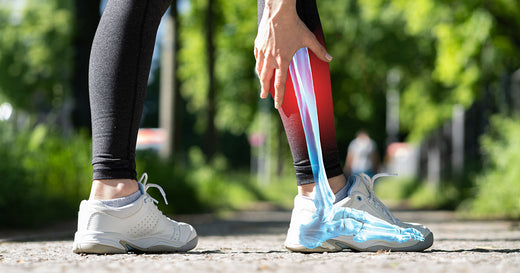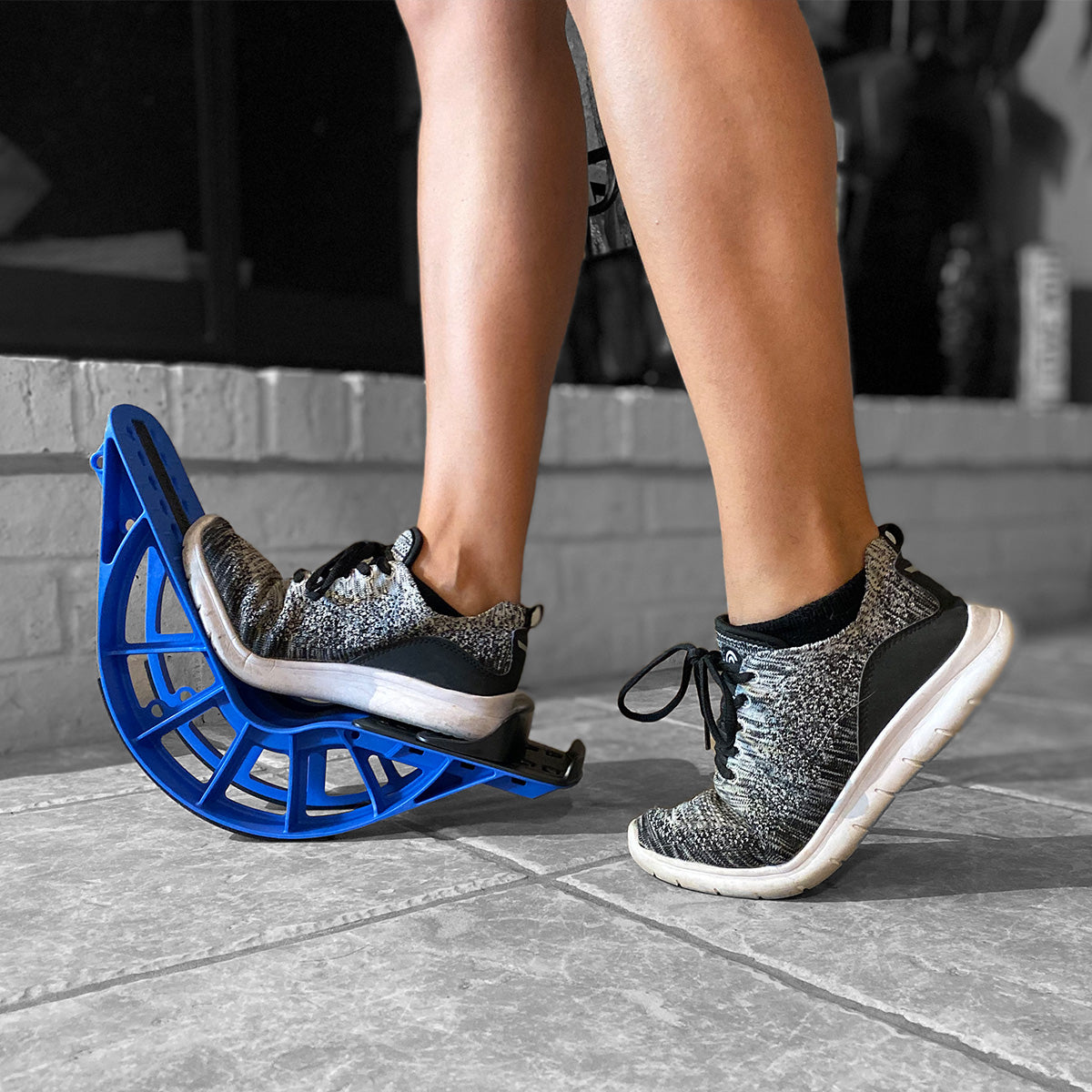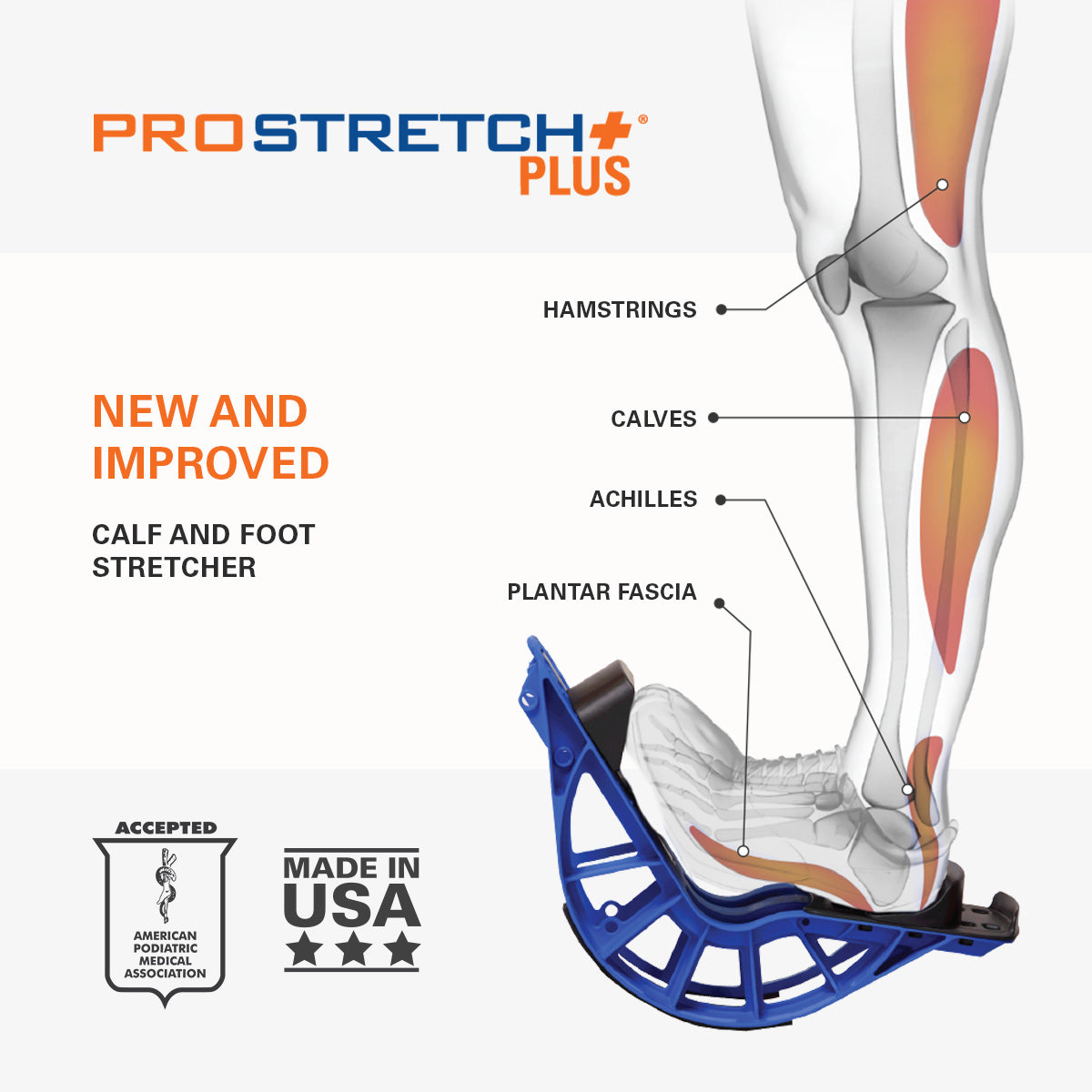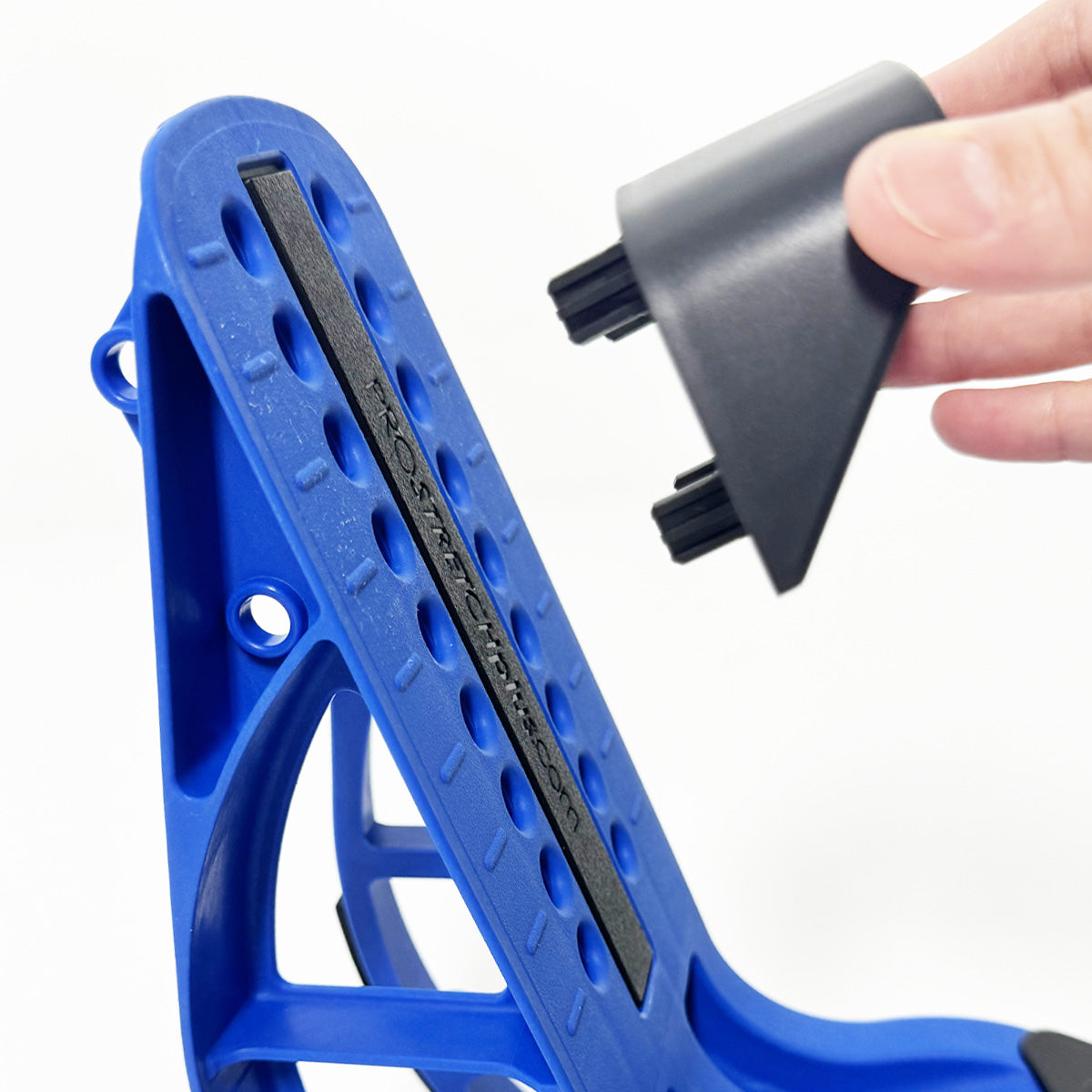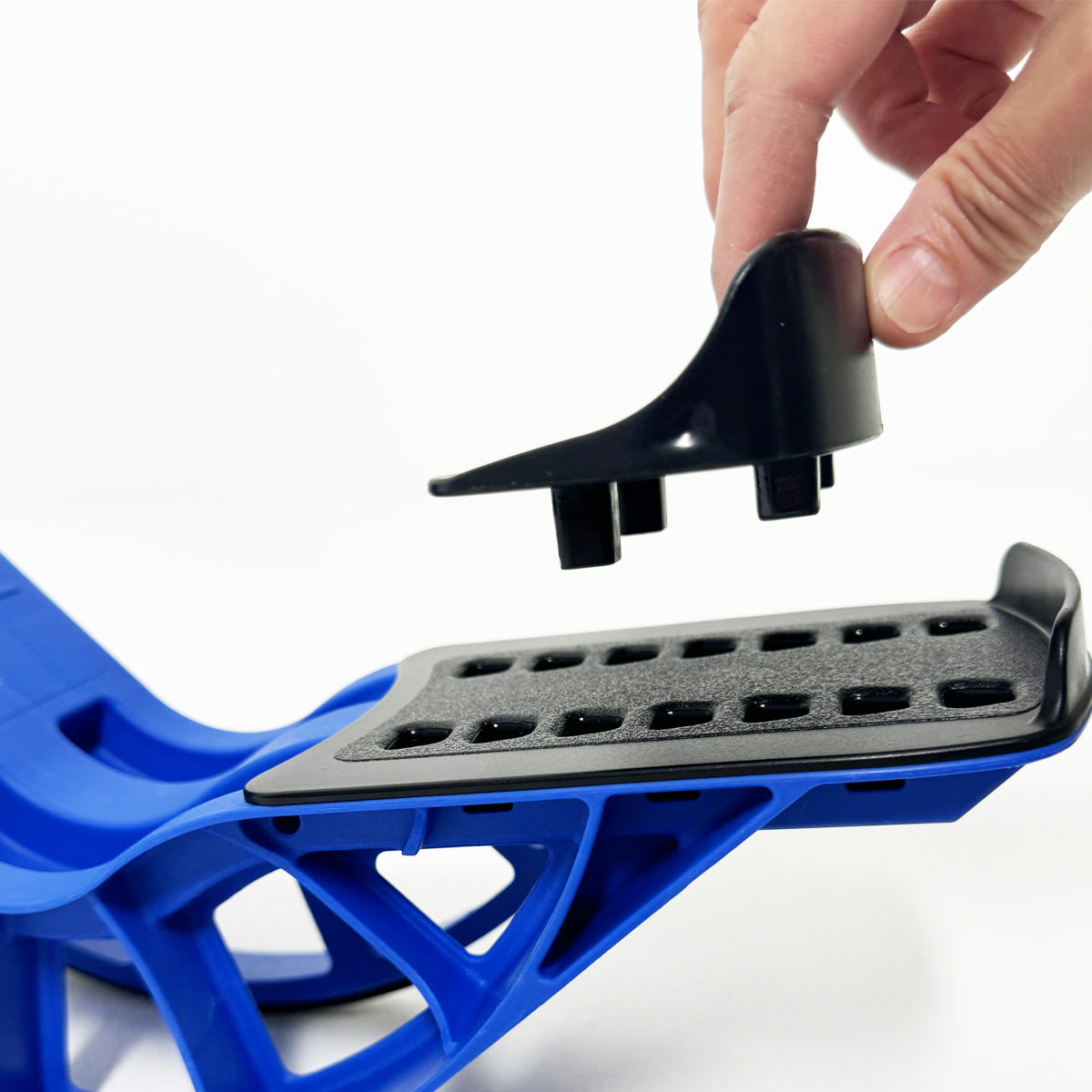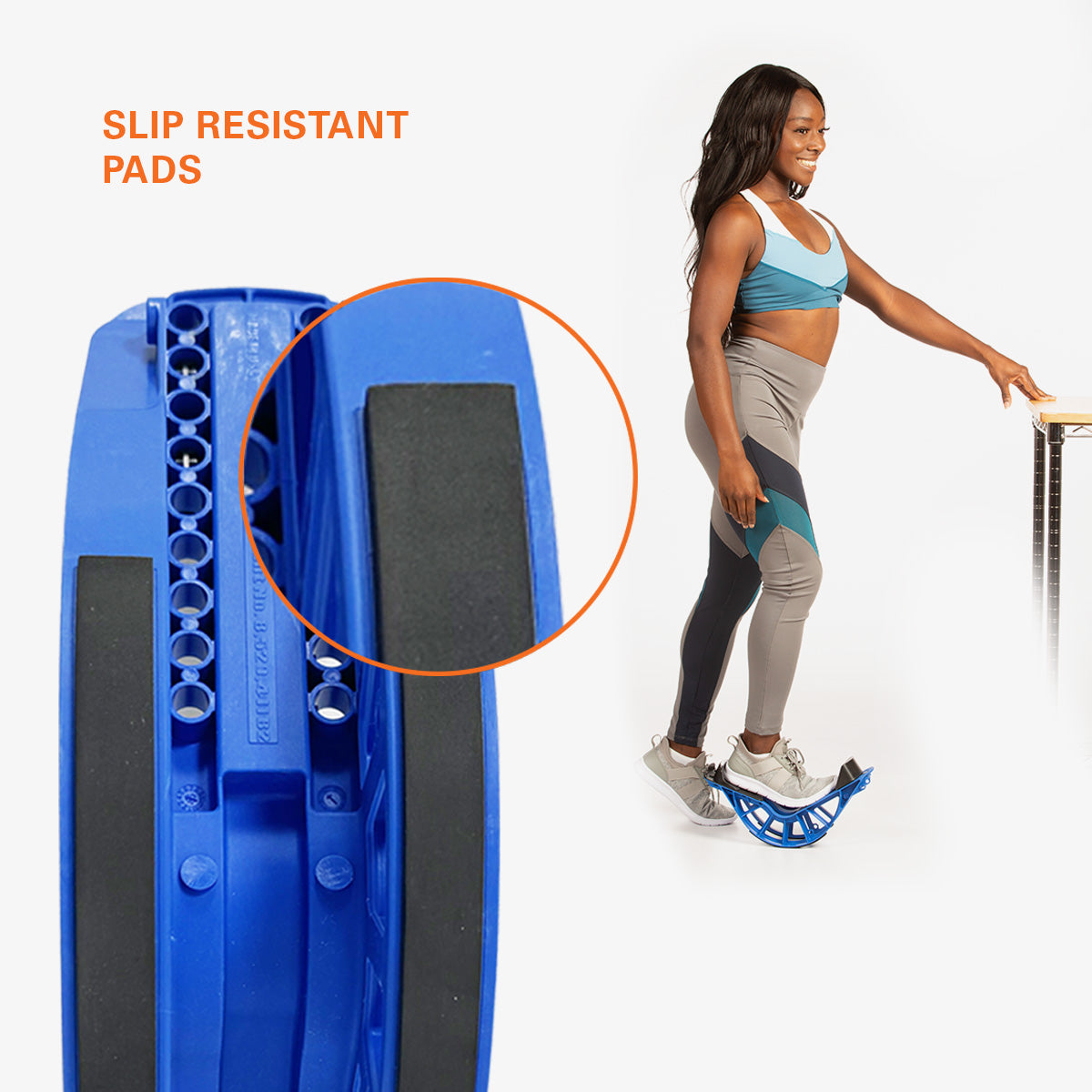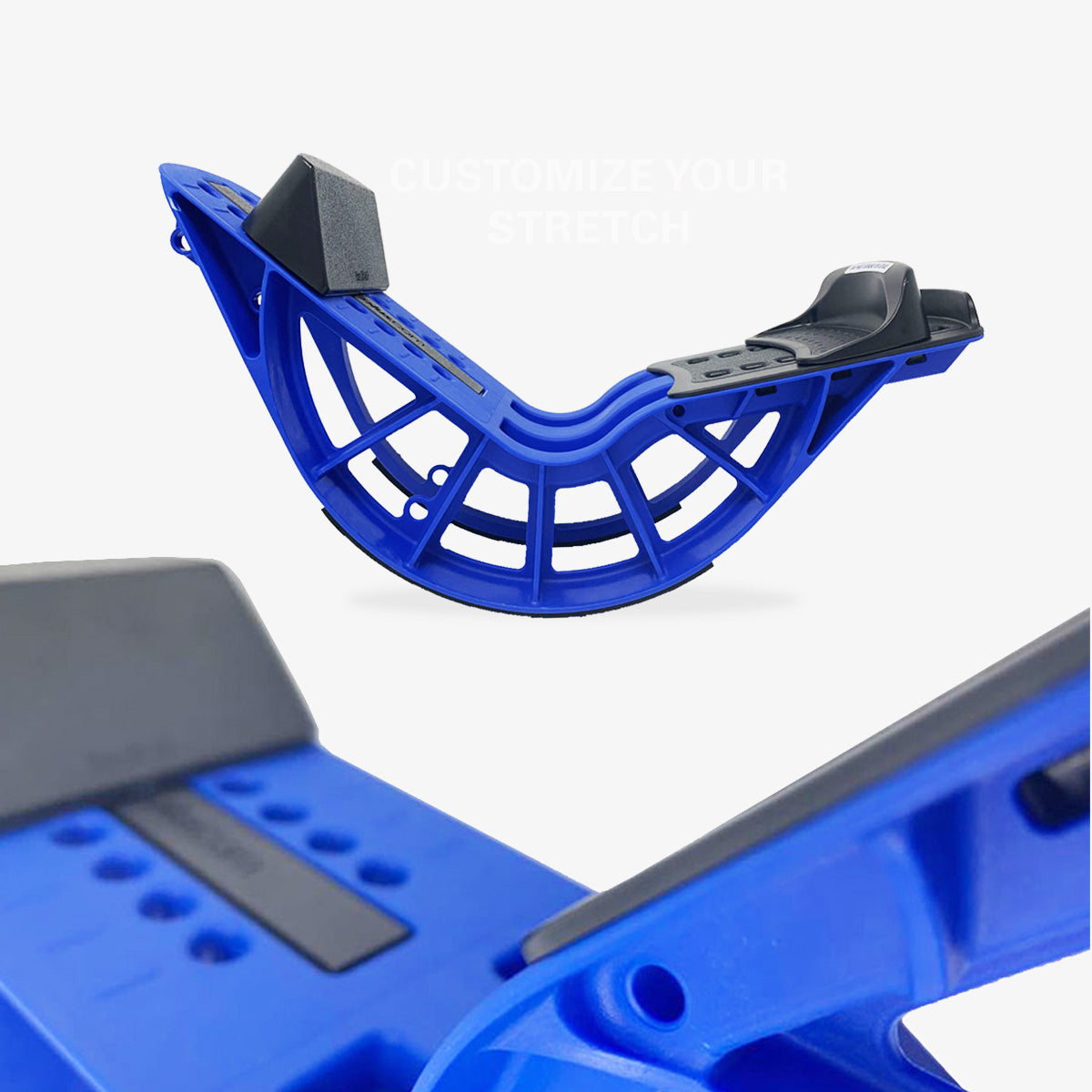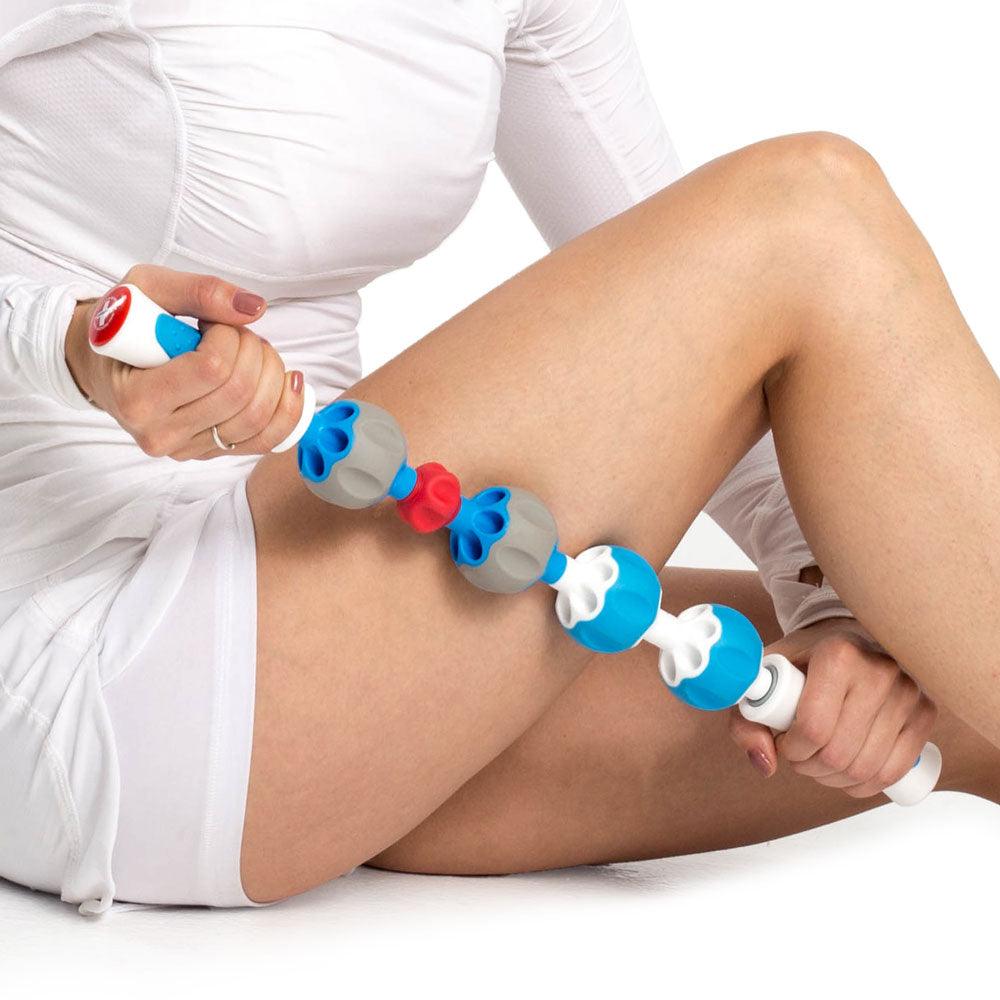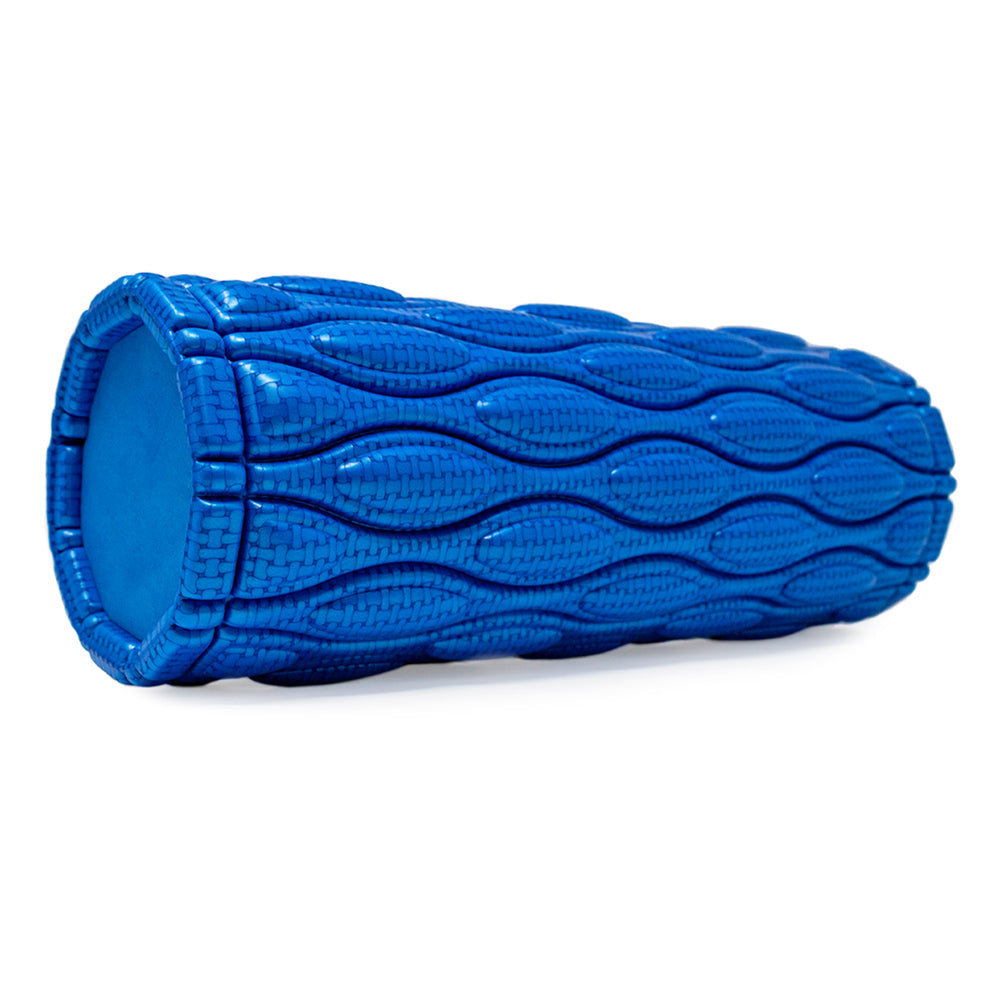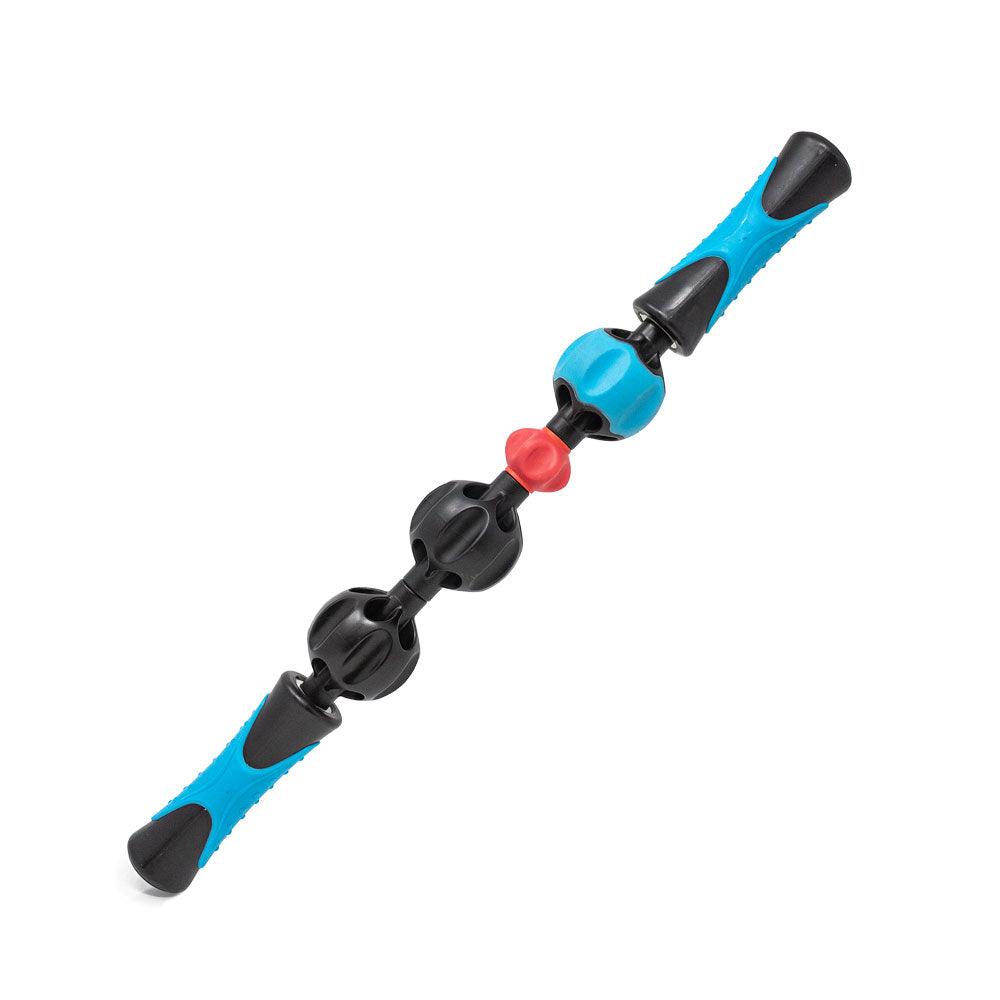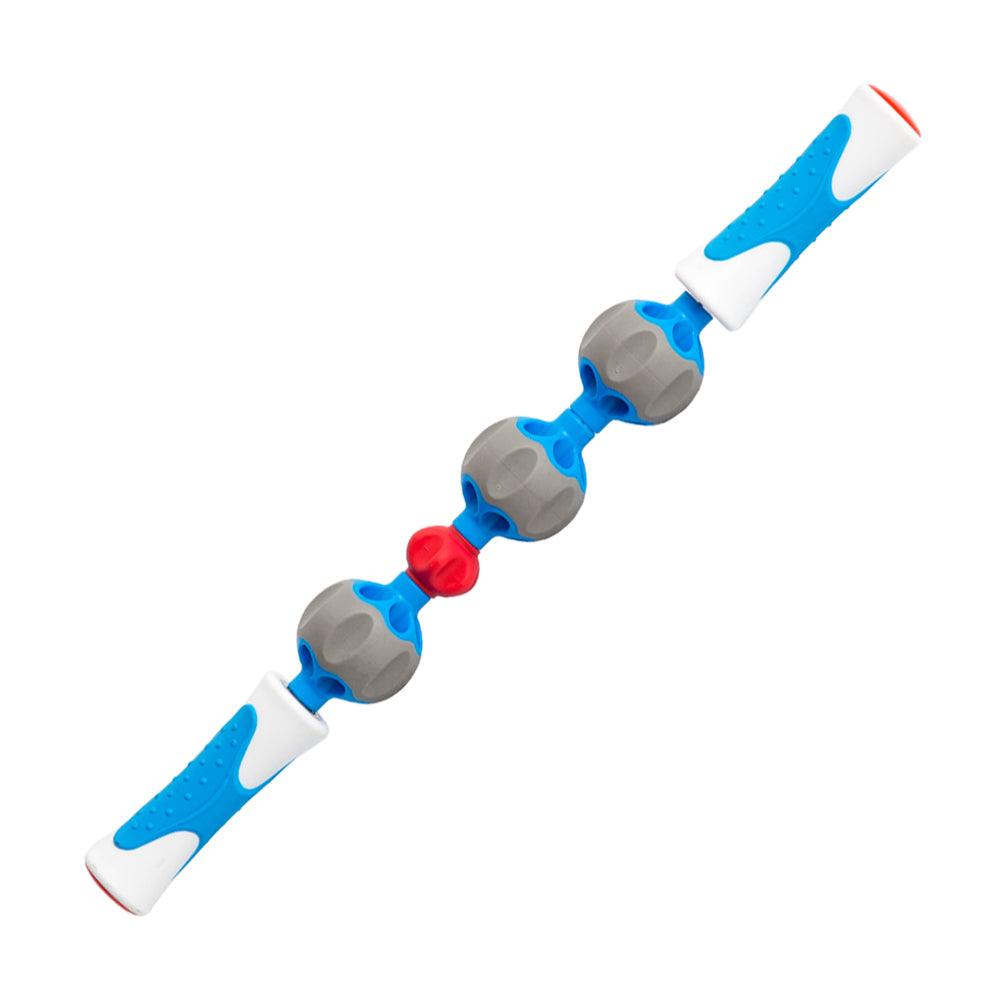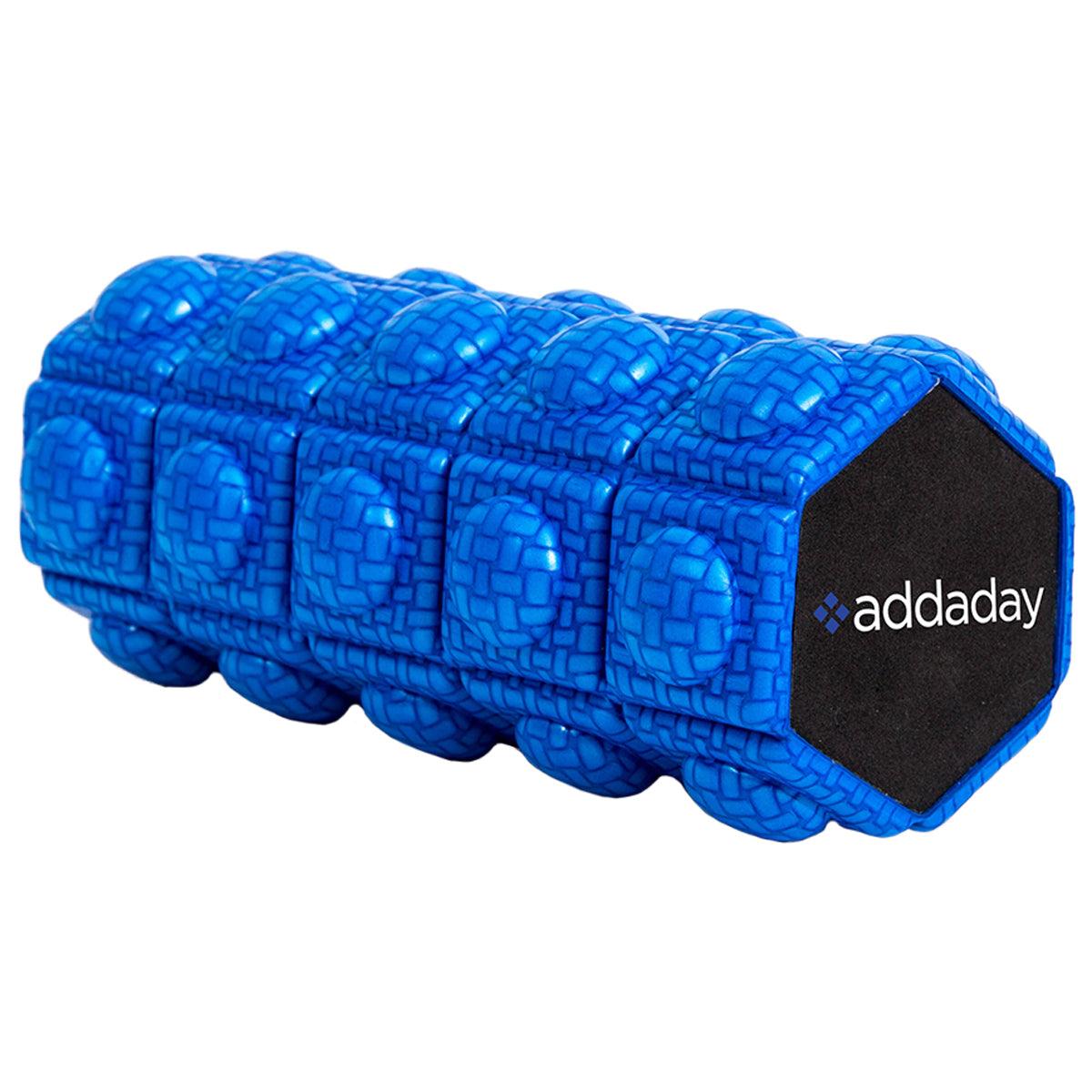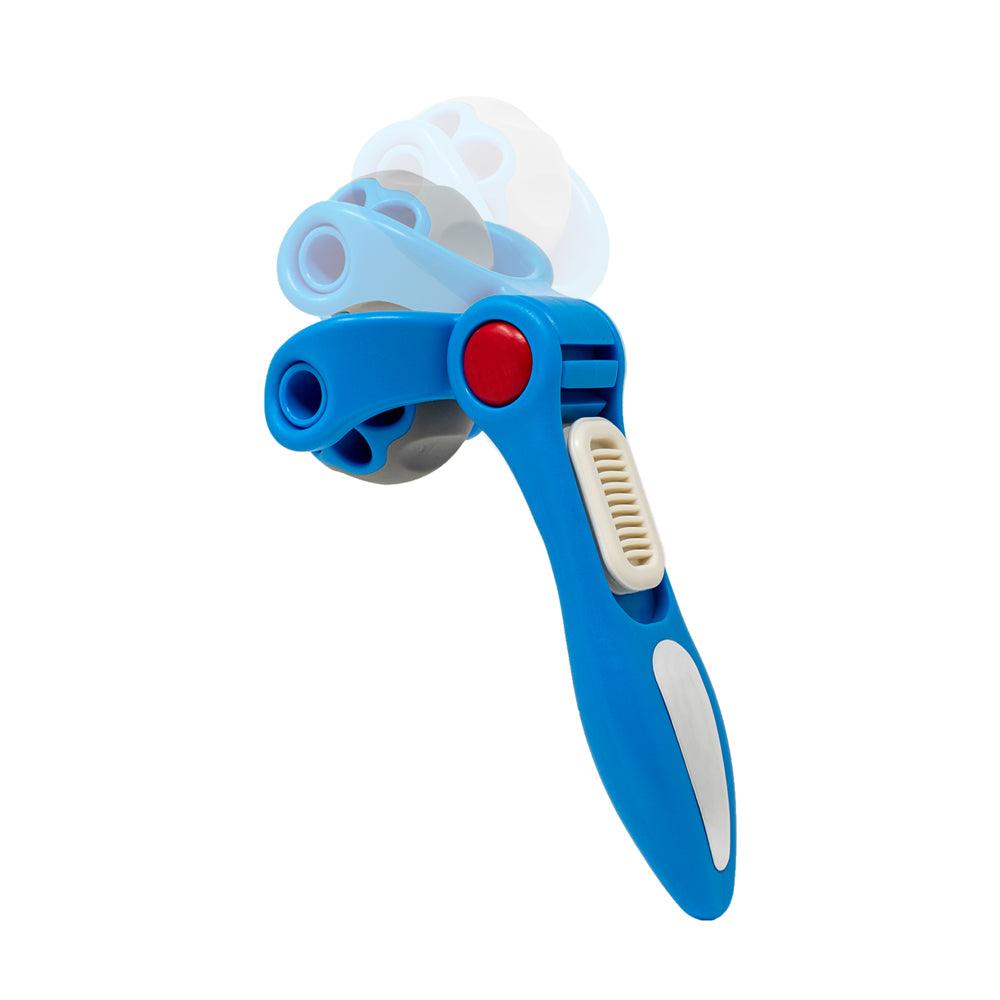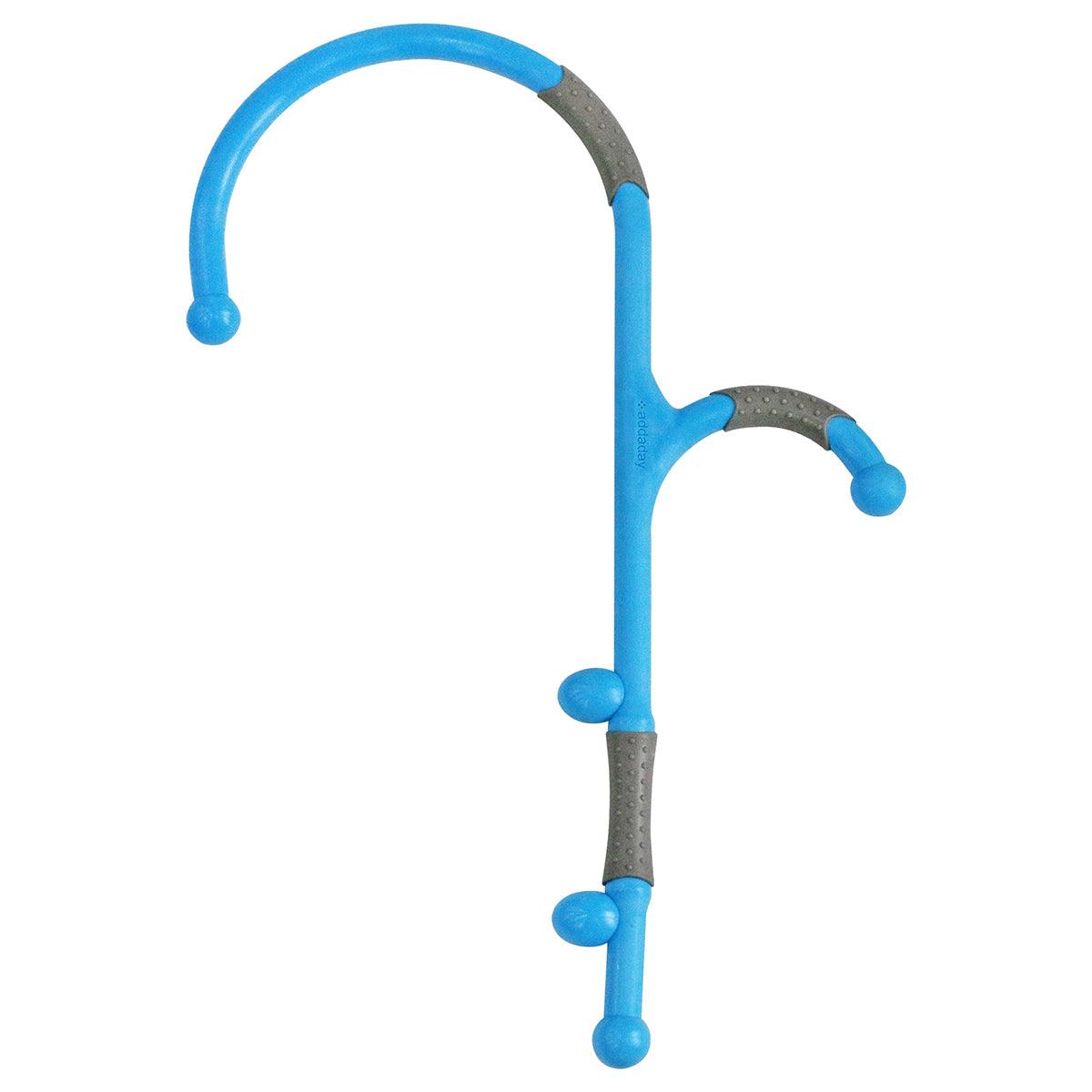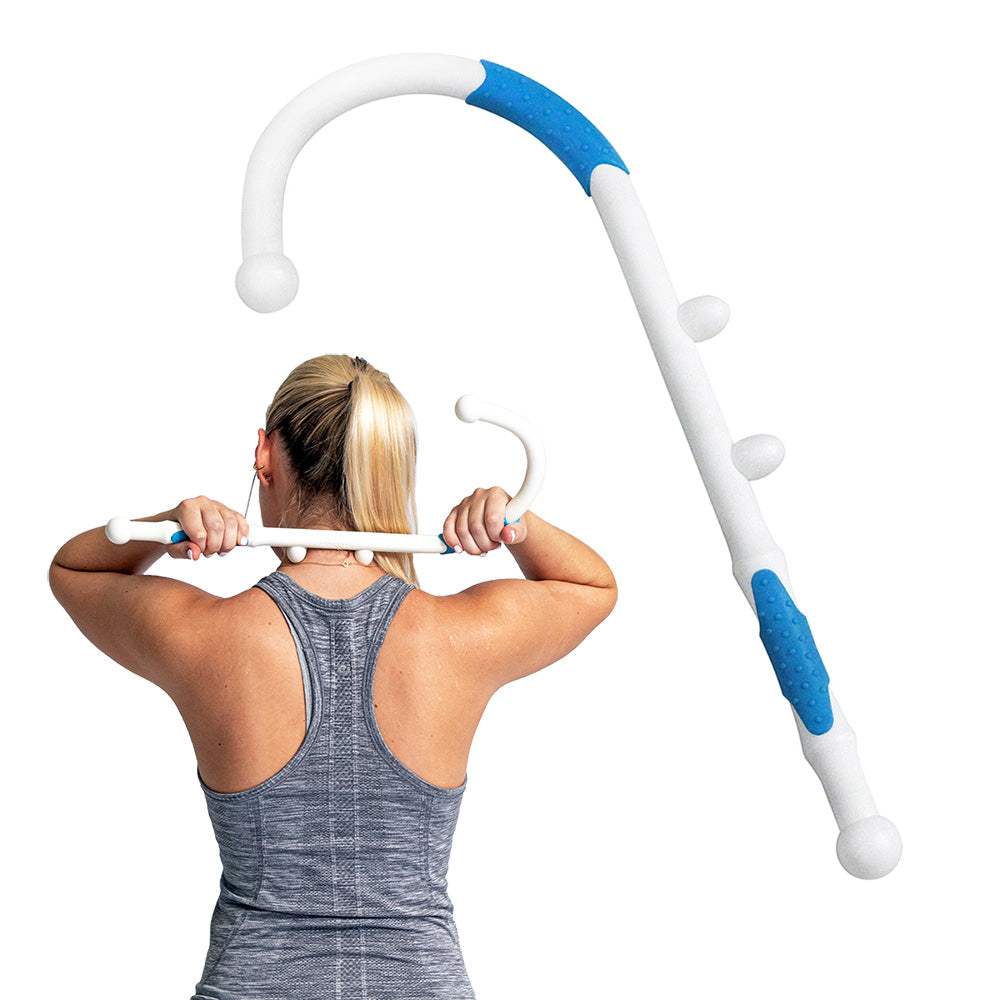Calf pain is a common discomfort that affects many people, often resulting from muscle strain, overuse, or underlying conditions like tendinitis. Whether you're an athlete or someone who spends long hours on your feet, or simply dealing with tightness in your lower legs, calf pain can interfere with your daily activities.
Fortunately, incorporating calf pain exercises and stretches into your routine can provide relief and help prevent future issues. This article will explore the causes of calf pain, effective at-home stretching exercises, ways to use tools like the ProStretch Plus, and tips on how to keep your calves pain-free.
Table of contents:
- Understanding Calf Pain
- Calf Pain Stretches You Can Do at Home
- Calf Pain Stretches with ProStretch Plus
- How to Prevent Calf Pain?
Calf Pain Stretching Exercises
Participating in calf pain exercises is one of the most important things you can do to improve mobility and increase healing and pain relief. If you suffer from any form of calf pain, consult with your physician to find out how much physical activity you can do.
After doing so, find a calf pain exercises routine that will benefit you the most. When doing calf pain exercises, be sure that you protect your calves and ensure that no further injuries will occur.
To do this, wear a compression sleeve while you work out. It will provide you with the compression necessary to reinforce the area, warm the area, and improve the circulation of the lower leg. After your calf pain stretches and exercises, massage the area with the ProStretch® Pro Stick Massage Roller in order to feel the most pain relief possible.
Calf Pain Stretches You Can Do at Home
Standing Wall Stretch
- Begin by standing in front of a wall with one foot positioned ahead of the other.
- Place your hands on the wall and lean forward, ensuring that your back leg remains straight and your heel is pressed into the ground.
- Hold position for 20-30 seconds, then switch to the other leg.
Calf Raises
- Begin by standing in front of a wall with one foot positioned ahead of the other.
- Place your hands on the wall and lean forward, ensuring that your back leg remains straight and your heel is pressed into the ground.
- Hold position for 20-30 seconds, then switch to the other leg.
Seated Towel Stretch
- Get into a position on the floor where your legs are extended in front of you.
- Place a towel around the ball of your foot and slowly draw the ends towards you while keeping your leg straight.
- Hold position for 20-30 seconds, then switch to the other leg.
Calf Pain Stretches with ProStretch Plus

The ProStretch® Plus - The Adjustable Calf and Foot Stretcher is a versatile tool that can help you achieve deeper calf stretches for better results. Here are a couple of stretches you can do with the ProStretch Plus to target calf pain:
Calf Stretching
- Facing the wall, and at an arms-length away from it, put your arms straight out in front of you and place your hands on the wall for balance.
- Put one of your feet into the ProStretch Plus in the proper manner.
- Lean towards the wall with your body, but push back with your heel that is in the ProStretch Plus. You will feel a deep stretch along the back of the calf muscle.
- Hold for 20-30 seconds and switch feet
Using ProStretch Plus makes it easier to maintain proper form and get a more effective stretch, helping to reduce muscle tightness and prevent future calf pain.
How to Prevent Calf Pain?
If you know how to prevent calf pain, you will be able to participate in more day to day activities without the worry of injury. How to prevent calf pain includes perfecting the techniques of any sports that use the calf muscles, wearing the right shoes and the proper arch supports, and knowing when to stop. If at any time during physical activities you begin to feel pain, it is important to take a time out to give the muscles a break and perhaps do some gentle calf pain stretches.
Conclusion
Suffering from calf pain can be challenging, but the appropriate stretching and exercises for calf pain can bring relief. Whether you're engaging in stretching routines at home or utilizing devices such as the ProStretch Plus, it's essential to be consistent in order to maintain strong and flexible calf muscles. Understanding calf pain and actively taking measures to prevent it can lead to a lifestyle that is more active and free from pain.
PLEASE NOTE: The information on this website and article is for information only and should not be used as a substitute for consulting your doctor. Consult your doctor for proper diagnosis and rehabilitation.




